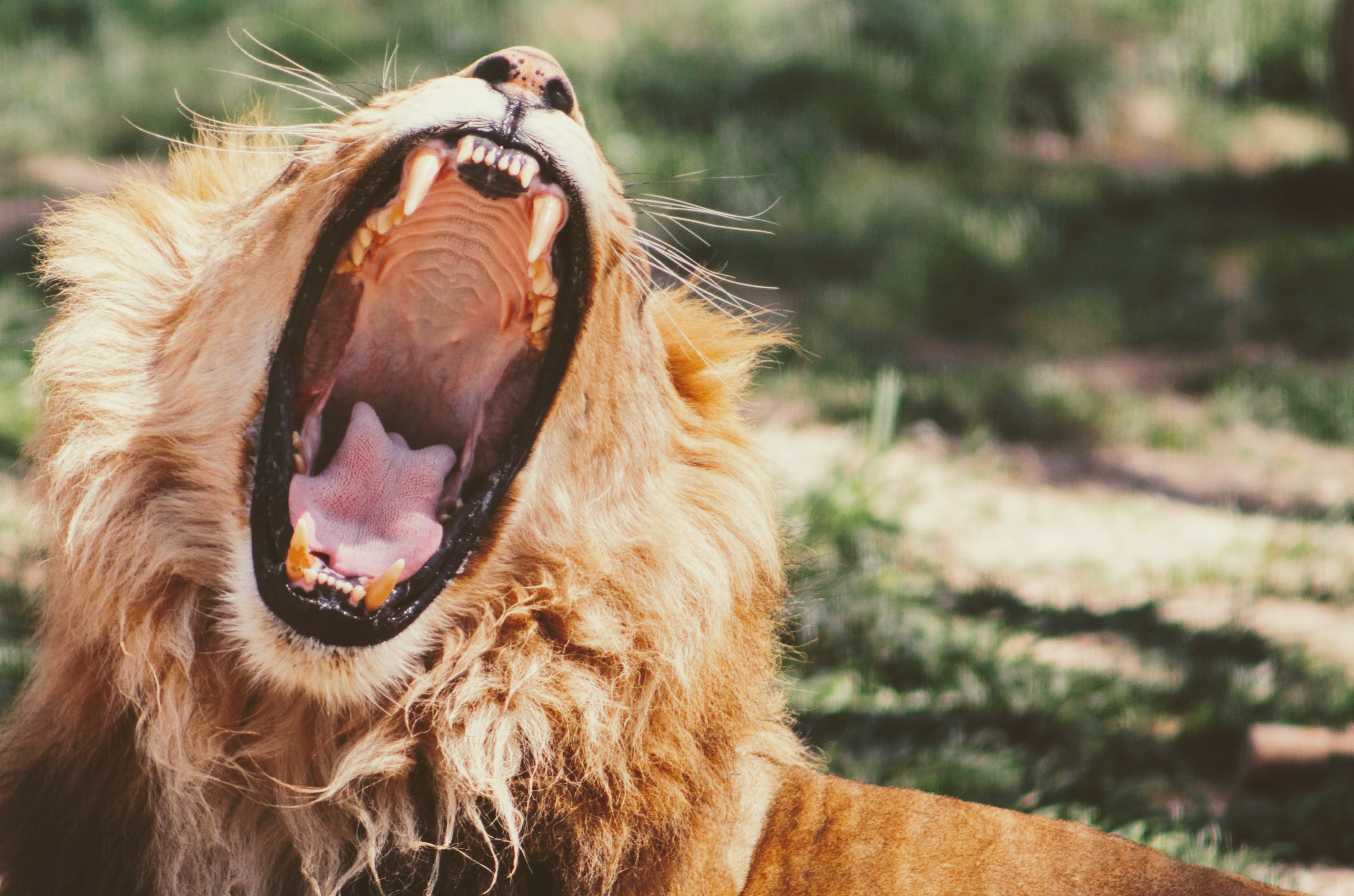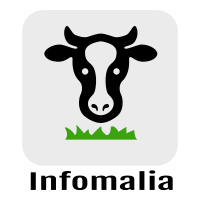Every animal rights activist has one particular argument hurled at them on an almost daily basis, “Humans are at the top of the food chain”. But does science confirm this as true?

What is the food chain?
The food chain is a linear network throughout a food web which defines and outlines the roles each species plays in a particular ecosystem. The food chain begins with organisms known as primary producers, that typically use radiation from the sun as an energy source, like grass and trees. It ends with apex predators (like lions), detritivores (like earthworms) and decomposers (such as bacteria). Basically, the food chain shows how organisms are related to each other based on what food source they consume.
Trophic levels
The food chain categorises organisms into a hierarchy based on trophic levels, which you can think of as the position an organism occupies on the food chain. The simplistic way to view these differences uses the following numbering system.
Level 1: Producers that make their own food like plants and algae.
Level 2: Herbivores who eat plants, known as primary consumers.
Level 3: Carnivores who eat herbivores, known as secondary consumers.
Level 4. Carnivores who eat other carnivores, known as tertiary consumers.
Level 5: Apex predators who have no predators and are at the top of their food chains.
By this reasoning alone, it’s easy to see why many people think that humans are at the top of the food chain; we are apex predators after all. However humans have one distinct difference to most other apex predators, which renders this reasoning flawed, and that difference is our diet.



If we take everyone’s favourite big cat, the king of the jungle, we see that lions eat everything from timid mice, antelope, buffalo and zebra, to dangerous rhinos, hippos, wild hogs and crocodiles. And this trope is true for most other apex predators, from great white sharks and killer whales in the ocean to polar bears in the Arctic. They all eat almost strictly carnivorous diets which consist of animals that are themselves close to the top of the food chain – tertiary consumers. This isn’t the case for humans, who are omnivorous and gain a large percentage of their nutrient intake from plant-based food sources. Of the animal species we do typically consume, these are most commonly herbivores like cattle and sheep, or omnivores like chickens and pigs who themselves sit rather low on the food chain.



Often food webs are complicated, because many species feed from organisms located on more than one trophic level. This means the simple integer system listed above just isn’t good enough at clearly defining where a species sits. Because of this, scientists make use of fractional trophic levels to give a more precise indicator of just where a species sits in relation to other organisms in their ecosystem. This comes in useful for humans, who eat a variety of foods across the world, from primary producers such as the kale in your favourite YouTuber’s smoothie, to apex predators like the whale meat sold in some parts of Japan.
So where do humans sit?
A group of French researchers used food supply data from the United Nations Food and Agricultural Organization (FAO) covering the diets of people across 176 countries to calculate the human trophic level (HTL). The paper published in the Proceedings of the Natural Academy of Sciences found that humans scored an average HTL of 2.21. That ranks us somewhere just below the middle of the food chain, roughly sitting near pigs and anchovies. The researchers saw diversity between different countries. For example, Iceland’s HTL was high at around 2.57 because they eat a diet consisting of approximately 50% meat and 50% plants, whereas Burundi had a HTL of 2.04 as a result of a diet that is 96.7% plant-based.



Interestingly we see increasing HTLs
in China and India where meat consumption is on the rise, largely due to
people being brought out of extreme poverty at a rapid rate. Conversely
we see decreasing HTLs in Australia, North America and New Zealand,
countries where plant-based eating, the cost of living and concern about
the environmental damage and health risks associated with meat
production and consumption are on the rise.
2018 has been an explosive year for plant-based food options in Australia, with the Beyond Burger and Funky Fields Mince
hitting supermarket shelves, making their way into the meat sections of
Coles and Woolworths, then selling out almost immediately. Mega food
corporations like Domino’s and Hungry Jack’s have also jumped on the
bandwagon with vegan options, showing that their fingers are well and
truly on the pulse of changing times. With a growing number of people
concerned about climate change and the environment, food innovations
like the Beyond Burger are becoming more attractive to people. A recent report
finding the Beyond Burger requires 99 percent less water, 93 percent
less land, produces 90 percent fewer greenhouse gas emissions and needs
50 percent less the energy to make than traditional beef burgers.
The millennial trend towards veganism across the West is highlighted in data showing that the number of people identifying as vegan has grown by 600% in the US in three years and 700% in the UK in just two years. If this trend continues we will see the HTL fall even lower over time. So sorry meat-eaters, humans aren’t at the top of the food chain; we’re not even at the middle, and it actually looks like we’re about to make a descent back down.
Re-post courtesy of Jason Conley

